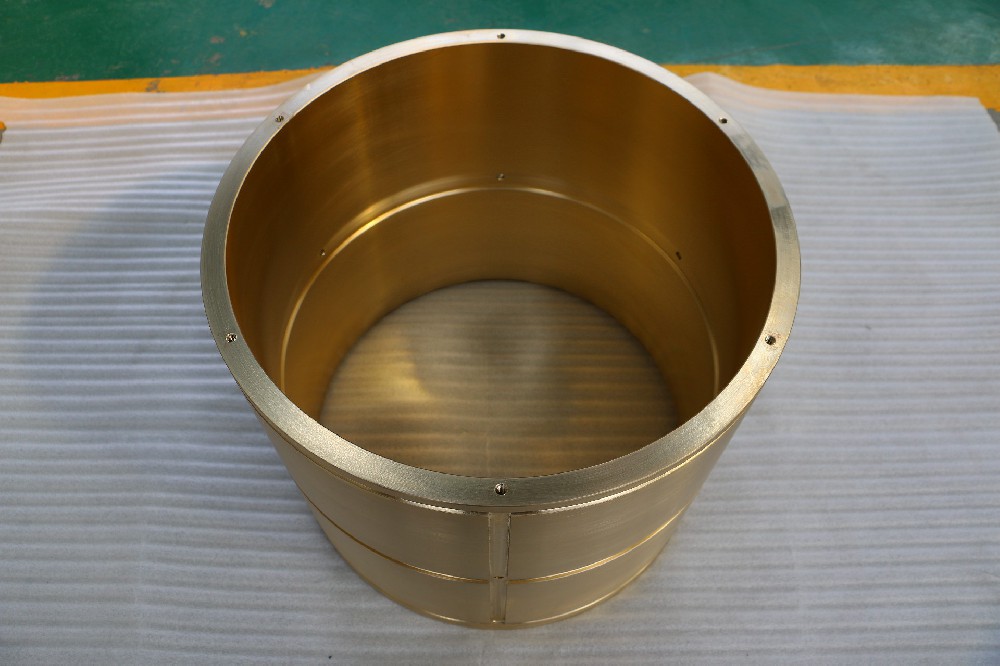 Mazhuang Village, Yuhe Town, Huixian City, Xinxiang City, Henan Province, China
Mazhuang Village, Yuhe Town, Huixian City, Xinxiang City, Henan Province, China
 Service Hotline +86 17630258963
Service Hotline +86 17630258963  Cell phone +86 17630258963
Cell phone +86 17630258963 Material Preparation:
Select the appropriate copper alloy for the bushing based on the required mechanical properties and operating environment.
Cutting the Copper Stock:
Cut the copper stock to the required length using a bandsaw or a metal-cutting saw. Ensure the ends are square and clean.
Turning the Outer Diameter:
Mount the copper stock in a lathe.
Turn the outer diameter (OD) to the specified size using appropriate cutting tools and feeds.
Use a steady rest if the stock is long to prevent deflection.
Boring the Inner Diameter:
Bore the inner diameter (ID) to the specified size.
Ensure the bore is concentric with the OD by using a dial indicator to check runout.
Grooving for Oil Passage:
Use a grooving tool to machine the oil groove inside the bore. The groove can be spiral, axial, or a combination, depending on the design specifications.
Ensure the groove dimensions are accurate to allow for proper oil flow.
Finishing:
Perform any necessary finishing operations, such as polishing the ID and OD to achieve the desired surface finish.
Deburr all sharp edges to prevent damage during assembly.
Quality Control:
Inspect the finished bushing for dimensional accuracy and surface finish.
Check the oil groove for proper dimensions and alignment.
Cleaning and Packaging:
Clean the bushing to remove any machining debris or oils.
Package the bushing properly to protect it during storage and transportation.

Wear appropriate personal protective equipment (PPE) such as safety glasses, gloves, and hearing protection.
Ensure all machinery is properly maintained and operated according to safety guidelines.
